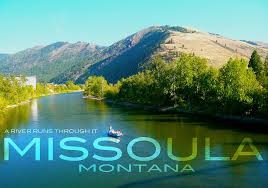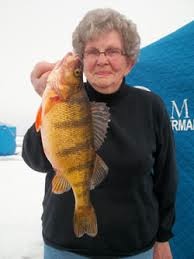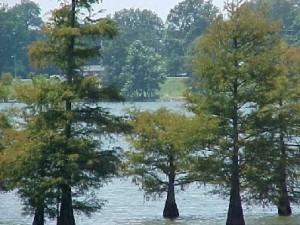Seniors Enjoy Alexandria
Alexandria lies on the south bank of the Red River in almost the exact geographic center of the state on Interstate Hwy 49. If senior travelers have ever seen the Red River, you well know why it is called “Red.” My son lived in Shreveport for a number of years and we crossed the river upon entering town.
The city was originally home to a community which supported activities of the adjacent Spanish outpost, Post du Rapides. Alexandria was incorporated as a town in 1819 and received a city charter later in 1832. The population today runs just under 50,000.
Alexander Fulton, a businessman near Pittsburgh, received a land grant from Spain in 1785, and the first organized settlement was made at some point in the 1790s. In 1805, Fulton and business partner Thomas Harris Maddox laid out the town plan and named the town in Fulton’s honor.
Because of its location, which still holds true today, it was the center of transportation, trading and agriculture. How the town was named ‘Alexandria’ is still something historians debate. Some say it was named after Fulton himself. Still others insist that Fulton named the town after his infant daughter who died about the time the town was platted.
Seniors Enjoy Fine Arts Hub
Both the cities of Alexandria and Pineville straddle the Red River and form a hub for fine arts. Nearby, senior visitors can delve into the Louisiana History Museum or visit Kent Plantation House, a 200-year-old French colonial structure and outbuildings.
The east-central part of the state is a must for exploring Native American heritage, from Marksville and Simmesport to Vidalia. The oldest complete sawmill complex in the South is located nearby. And in Ferriday, the Delta Music Museum pays tribute to legendary rock ‘n’ roll, country and blues performers.
The Alexandria Museum of Art is the centerpiece of Alexandria’s river front, the number one family attraction in the area. Its exhibition program has an ever-changing array of collections on loan from around the world, an extensive permanent collection of contemporary Louisiana art and the state’s largest collection of North Louisiana Folk Art.
Located in the historic downtown district, Arna Bontemps African American Museum & Cultural Arts Center gives the history of the life and times of noted author/poet, scholar, and librarian Arna Wendell Bontemps.
Seniors Find Great Cajun and Creole Food
The Kent Plantation House, built prior to the Louisiana Purchase, is a classic example of French colonial architecture and authentic creole. The House is one of the oldest standing structures in the state of Louisiana.
Senior visitors will find a host of attractions in Alexandria. If you are into hiking, biking and horseback explore the Alexandria/Pineville area. The Wild Azalea Trail is Louisiana’s longest hiking trail at 31 miles. Camping, picnicking, swimming and fishing can be found at Indian Creek Recreational Area in the Alexander Forest.
Enjoy wonderful Cajun and Creole food. Everything from the Crawfish Barn to Crispy Cajun await your palate at 21 Alexandria restaurants. jeb



































